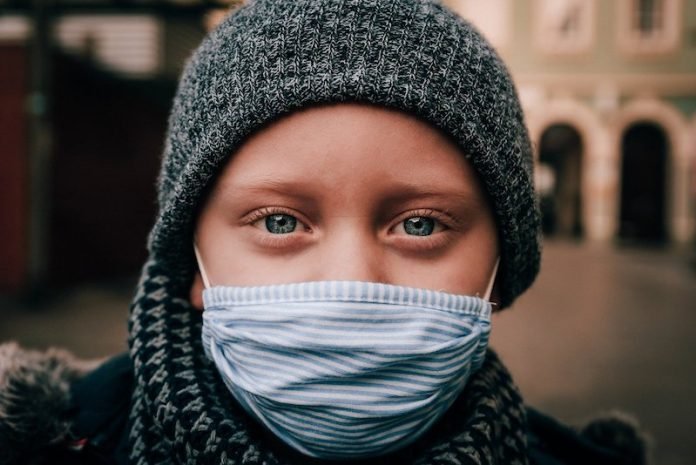
In a recent study from Princeton University and elsewhere, researchers examined more than a half-million people in India who were exposed to the novel coronavirus SARS-CoV-2, or COVID-19.
They found that the virus’s continued spread is driven by only a small percentage of people who become infected. These people are so-called “superspreaders”.
Furthermore, children and young adults were found to be potentially much more important to transmit the virus—especially within households—than previous studies have identified.
The study is published in Science. One author is Ramanan Laxminarayan.
In the study, the team tracked the infection pathways and death rate of 575,071 people in India who were exposed to 84,965 confirmed cases of COVID-19.
The researchers found that 71% of infected individuals did not infect any of their contacts, while a mere 8% of infected individuals accounted for 60% of new infections.
The findings provide extensive insight into the spread and deadliness of COVID-19 in countries such as India—which has experienced more than 96,000 deaths from COVID-19—that have a high incidence of resource-limited populations.
The team found that coronavirus-related deaths in India occurred, on average, six days after hospitalization compared to an average of 13 days in the United States.
Also, deaths from coronavirus in India have been concentrated among people aged 50-64, which is slightly younger than the 60-plus at-risk population in the United States.
The researchers also reported, however, the first large-scale evidence that the implementation of a country-wide shutdown in India led to substantial reductions in coronavirus transmission.
They found that the chances of a person with coronavirus, regardless of their age, passing it on to a close contact ranged from 2.6% in the community to 9% in the household.
They also showed that children and young adults—who made up one-third of COVID cases—were especially key to transmitting the virus in resource-limited populations.
The team says kids are very efficient transmitters in this setting, which is something that hasn’t been firmly established in previous studies.
Children and young adults were much more likely to contract coronavirus from patients their own age, the study found.
Copyright © 2021 Knowridge Science Report. All rights reserved.



